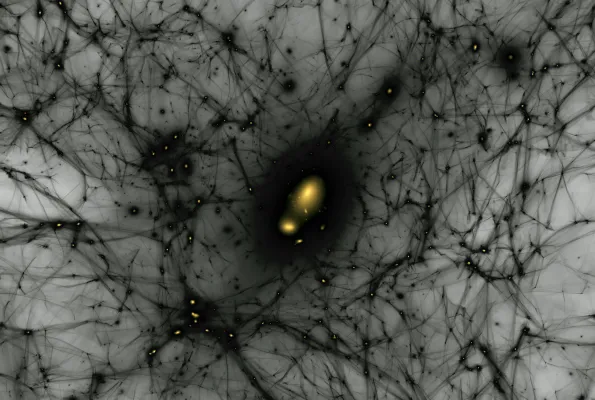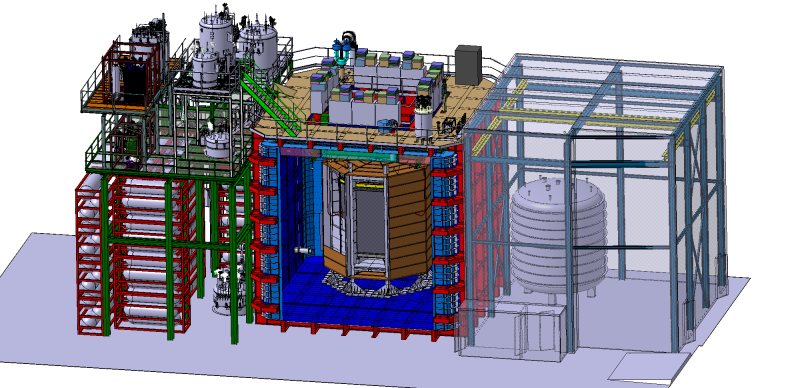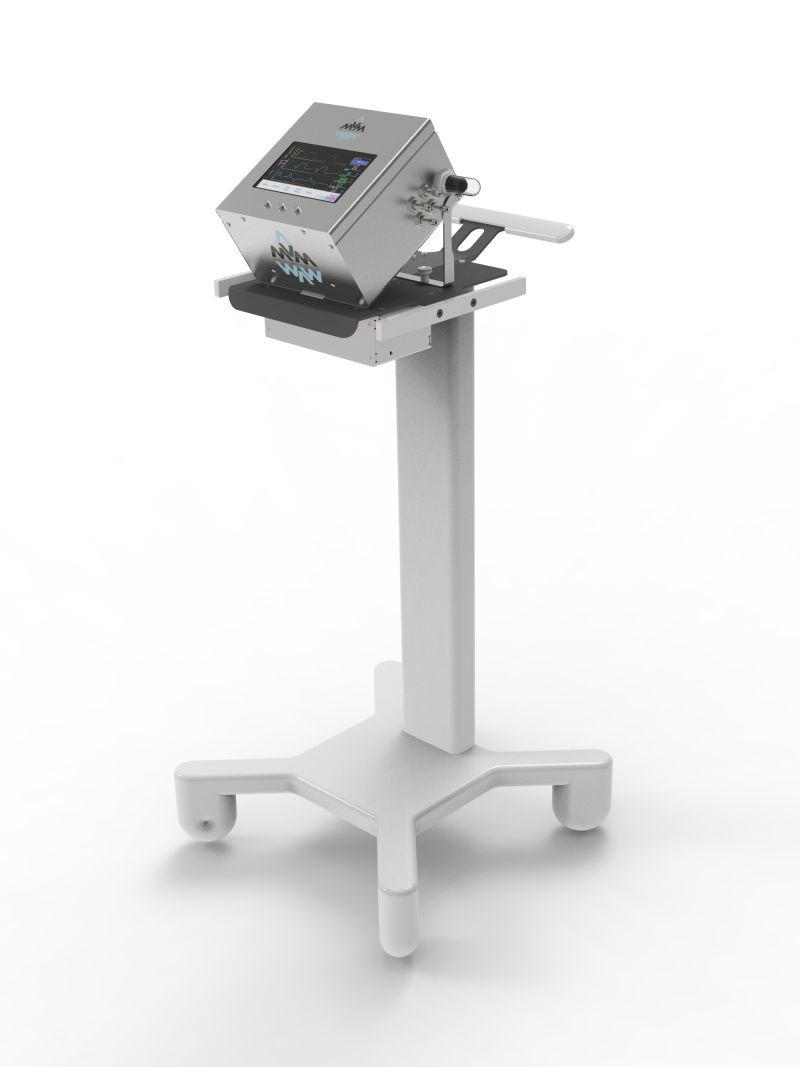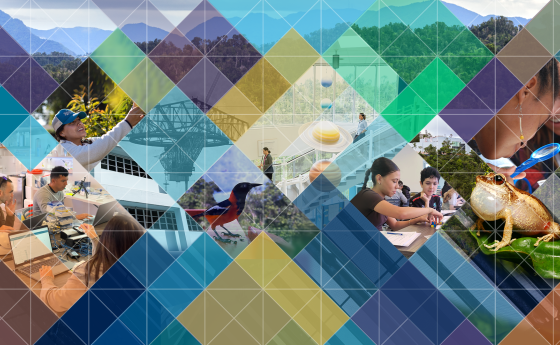
Dark matter, COVID-19, and an opportunity to help people
As a particle physicist, Cristian Galbiati’s research focuses on some very curious natural phenomena. Last spring, while working in Italy, he was overseeing NSF-supported research related to dark matter. But the COVID-19 pandemic forced this research to a halt.
The virus that causes COVID-19 ravages the respiratory system, and doctors were placing increasing numbers of patients on ventilators to help them breathe–creating a huge demand for ventilators. What was a particle physicist, well-versed in gas handling, to do? If you’re Galbiati, you put that knowledge to work building ventilators.
In the field of particle physics, researchers usually work to demystify the very nature of the cosmos, not to build medical devices. So how did Galbiati make that leap? He had an insight about how gas handling, one part of his work to detect dark matter, could help patients being treated for COVID-19.
Unexpected applications like this often result from basic research that the U.S. National Science Foundation funds to promote the progress of science. Galbiati’s research, temporarily interrupted by the pandemic, is part of the DarkSide program, an international collaboration to advance the sensitivity of dark matter detectors and observe it directly. Galbiati, a professor at Princeton University, has been working on DarkSide for over a decade to advance our understanding of the natural world and the phenomena within it.
The theoretical framework describing the particles and forces of the universe – known as the Standard Model – suggests there is a hole in our observations. A whole 85% of the matter in the universe remains unaccounted for. Physicists call this missing matter “dark matter” because, unlike the rest of the matter we know about, it doesn’t shine or reflect light, nor does it interact with electrometric fields.
Nevertheless, physicists know it must be there, and not just because of theoretical predictions. Observations of gravitational effects, such as the rotation curves of galaxies and the gravitational lensing of light by massive objects, can be accounted for only by dark matter and its gravitational pull.
DarkSide was on track for the construction of their newest and most sensitive detector -- that is until spring 2020, when the COVID-19 pandemic began. Building was halted, and Galbiati was stranded in Italy, where the program operates. With hospitals filling and the demand for ventilators growing, Galbiati was inspired to help.
“Many of us joined in saying, ‘We need to do something. We know how to handle gases, so we can develop something to help the people,’” explains Galbiati. “Project members have a certain appreciation for unique technologies. It is an outcome of our daring mentality that has been supported by NSF since the start of the program.”
Because the DarkSide program uses (and often designs) sensitive equipment, Galbiati was well versed in handling and pumping gases. It wasn’t a great leap to adjust the focus from argon used in their detector to oxygen and lungs instead. Mobilizing colleagues and enlisting help from doctors and industry, Galbiati’s team quickly produced a new kind of ventilator, one made completely from commonly available, inexpensive parts.
In May, the Food and Drug Administration approved in record time, under 45 days, the Mechanical Ventilator Milano for emergency use in the U.S. The lower cost and quick production timeline of the MVM made it ideal to meet the increased demand for ventilators created by the pandemic. It is expected to be approved for use in Italy and Canada soon.
Incredibly, the new ventilator is not the only unexpected payoff from the DarkSide project. Galbiati began his NSF-funded exploratory work by searching for an underground pocket of non-radioactive and inert argon to use in the detector. While searching in Colorado, the team accidentally identified a rich new deposit of helium. Helium has a number of uses -- in analytical chemistry, fiber optics manufacturing, MRIs, and, of course, party balloons. Having a ready supply available is a boon for multiple industries.
And the argon that is used by DarkSide must be purified before use, to remove as much trace of any radioactive components as possible. The distillation process, again pioneered by Galbiati, has applications in purification processes to produce very rare, stable, and non-radioactive isotopes that play an important role in nuclear medicine and advanced medical diagnostics.
The DarkSide project resumed work on August 1. Galbiati explains, “It will take a strong effort to get the DarkSide-20k detector built, but it will be a very worthy effort – it will be a unique detector with a unique ability to discriminate dark matter from background events. DarkSide-20k will provide very important insights into one of the most intriguing mysteries of the universe and, hopefully, an historic discovery.”
So the hunt for dark matter continues. Its detection is predicted, but the ventilator invention was not. In a changing world, it takes researchers who can pivot their talents, such as Galbiati, to drive science and innovation forward. The beauty of basic research is that we don’t always know what we will find or how far surprise innovations may extend to help people.





